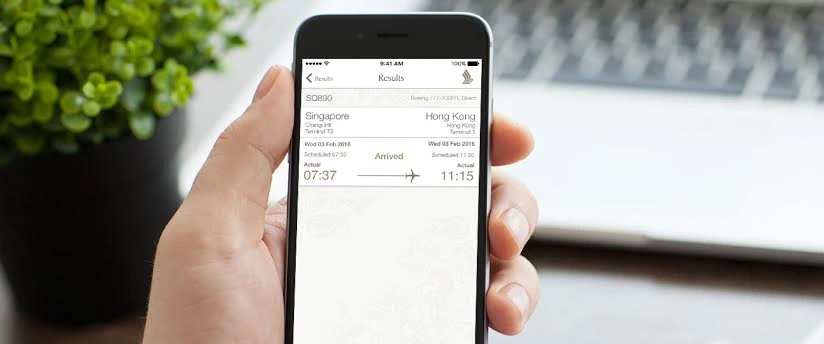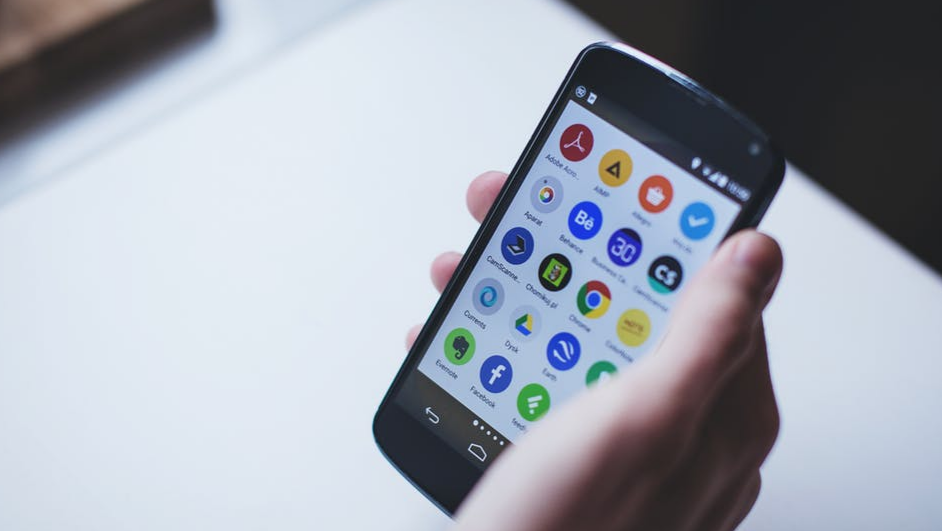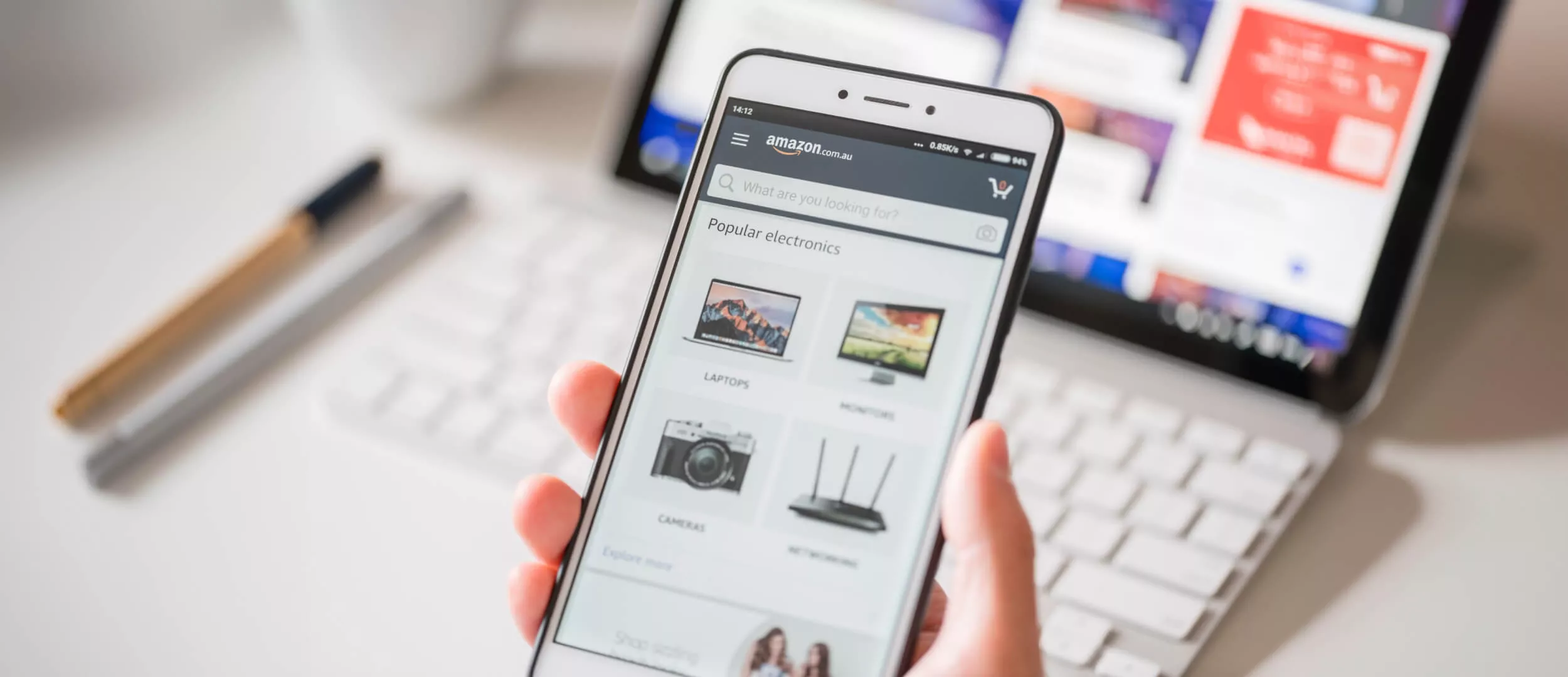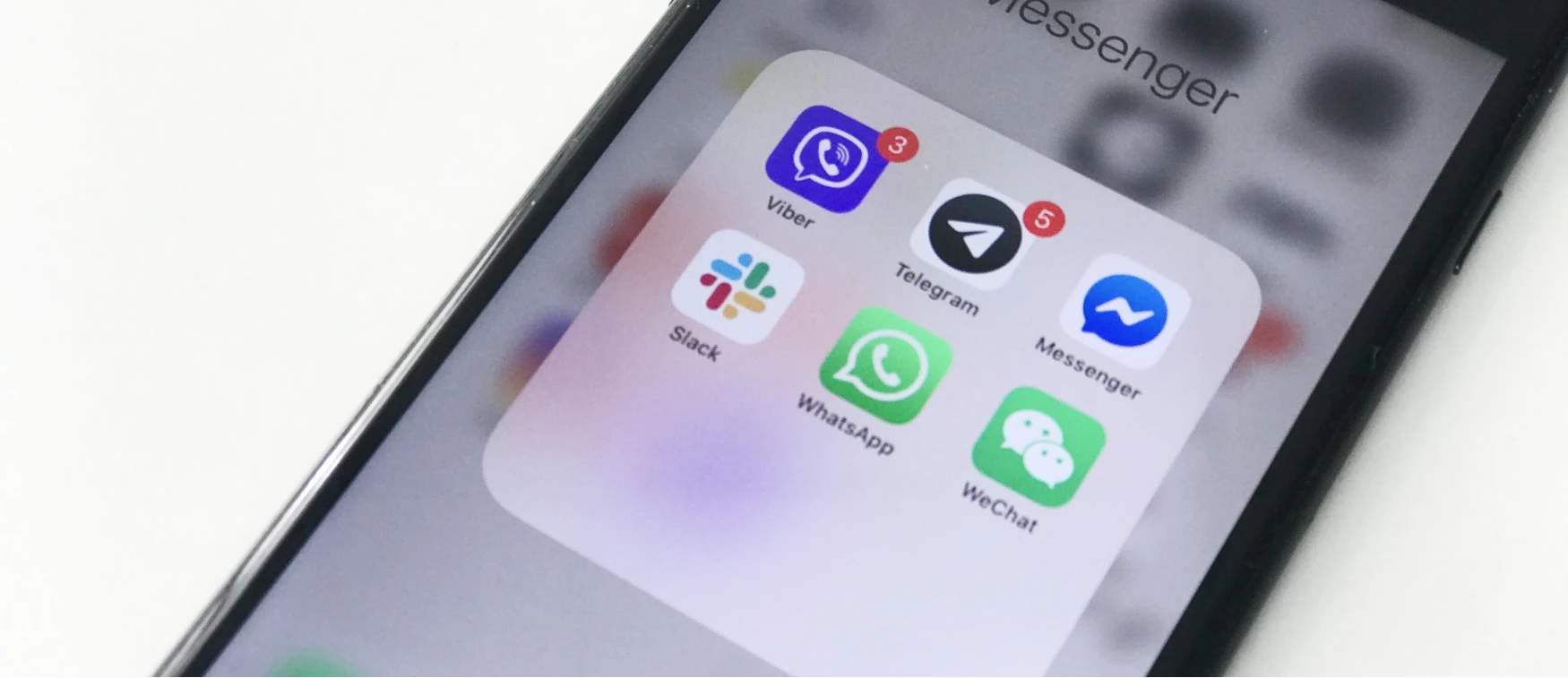Android In-App Purchases: Learn How to Implement It

Making money on a mobile app may be quite profitable if organized properly. According to Statista, in 2023, the annual global app downloads are expected to reach 299 billion, marking a substantial increase from the approximately 247 billion app downloads worldwide in 2020. Of course, the rate of individual success depends on one’s knowledge of how to squeeze to the max from a mobile product.
The potential of mobile apps in achieving revenues is based on the ability of adding exclusive and useful functions together with intuitive navigation and interactivity. In our previous publications, we reviewed different ways of mobile app monetization and gave recommendations on what monetization model it is better to choose in 2018. This time, let’s explore the nuances of in-app purchase Android tutorial.
What Does Google In-App Purchase Android Mean?
Android in-app purchase (IAP) allows selling real or virtual products, content or functional extensions with the aid of in-app billing API which is integrated into your app. Mostly, it is based on freemium concept: users get basic set of options free of charge, and the profit is made from extra content (new features, bonuses, virtual currency, new opportunities, etc.). Unlike demo versions, free options within the app are unchangeable and may be used without any time limitation. In this sense, IAP is closer to in-app advertising.
The 3 major types of in-app haul include consumables (products that can be used only once, like health points or virtual money), non-consumables (features bought for permanent use: app without ads and so on) and subscriptions (unlocking some functions for a defined time period).

Android in-app purchases are best for habitually used apps. Most often they are used in games, but they may be also successfully applied to online stores, corporate messengers, photostocks, music and traveling apps and so on. In general, it is our opinion that this way of monetization is still underestimated by businesses.
How to Implement Android In-App Purchase
The very first thing worth consideration is the platform you are going to deploy your application on. We highly recommend Android due to its continued market penetration. The platform is setting to beat competitors and to become top in mobile app market in the years coming.
The most common way of Android in-app billing implementation is by following the official tutorial for Android developers. The process is also thoroughly described on Github. You may choose from a wide stock of libraries, with Checkout and KinApp seemingly most discussed.
But whatever variant you choose, it is important to keep in mind that providing users with a possibility to purchase virtual items in your app is not enough for an effective marketing strategy. Your IAP policy should encourage them to spend their money. Let’s go on with the investigation how it may be achieved.

Hold your Finger on the Pulse
In 2023, Google Play, the app store for Android devices, commands the market with a staggering 3.718 million applications available for download, surpassing its competitor, the Apple App Store, which offers 1.803 million iPhone apps during the same year. With such strong competition, it is important to think thoroughly about the target audience and the ways of its attraction. Take advantage of user data in order to personalize and understand your audience, their interests and pains. Consider the steps that will lead to Android in-app purchase and try to predict customer behavior. Then think of the items which might be sold and define their conditional value and the type of in-app currency you are going to apply to each item.
No matter how useful your app is and what method of monetization you apply, you will fail if your app is not unique, easy to find and visually attractive. Pay attention to naming, make an informative description, choose catching screenshots. Start with a minimum viable product, and track its performance. Stfalcon.com has already told its readers how to measure MVP success for mobile apps and how to prepare for the deployment properly.
Encourage Users to Pay More
The main idea here is to add value to in-app items and prove they are worth buying. According to a report published by BI Intelligence, only about 2% of app installers turn into buyers. Luckily, the situation may be improved by applying certain techniques which we generously share with you.
1. Offer Much
Make sure you have a wide range of options on offer. It can include not only physical products and services, but such functions as ad removal button, upgrades, paid levels and rolls of all sorts. Make use of both types of in-app currency: soft and hard. The soft currency is bonuses achieved while using an app. Hard currency is real money the user pays. Develop your inner currency exchange rate. It should be high enough to encourage enjoyers to get unique options in a faster and easier way.

2. Let Users Try Out Pro-Features
No one will pay until knowing what he or she gets as a result. Therefore, give users the chance to try out paid features at least for a limited period. When they evaluate all advantages of a certain premium option, they will be more likely to pay.
3. Make It Harder Instead of Limited Functionality
When left on their own, people prefer to use an app «as it is», instead of upgrading it by making a purchase. This nudges the owners to apply a «pay-to-win» concept and severely limit the functionality of the free version in the hope it will push users to buy. But in fact, you need to have a unique product with no analogs in the market to make it work such a way. Otherwise, you risk losing your clients who will simply switch to something else. To make them shell out, it is better to propose a properly functioning free variant but to make it much less attractive or convenient than the paid version. As a variant, users should have to apply much more effort to solve a certain problem with free functions.
4. Conduct a Wholesale
App owners should consider offering virtual item packages for a lower price than these items usually cost altogether out of a package. Such offers prove to be valuable for users, and they are more likely to make a purchase.
5. Offer Time-limited Incentives
Offering discounts is similar to selling packages. When discounts are time-limited, they look more exclusive. Therefore, people are usually more likely to use such opportunities. You’ll see even better results if the incentive you highlight speaks to customers’ genuine interests and browsing behavior.

Final Thoughts
Different sources generally mention up to 40 different techniques for boosting Android in-app purchases. And with some fantasy, you might develop even more — after all, nothing stands still. Adjust your approach to your customers’ behavior and lay the groundwork for durable relationships. The IAP implementation process is not easy, but, fortunately, you may always address professionals who will give you a considerate advice and will help you create an app capable of bringing constant and considerate income. Bring us your idea, and our experienced Stfalcon.com team will provide you with a deep expertise in mobile app development. We are proud of our rich portfolio which is the best proof of our professionalism. Contact us any time to get the expert estimation and qualified assistance.



